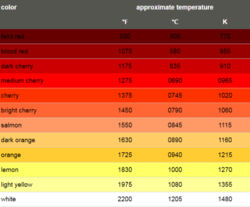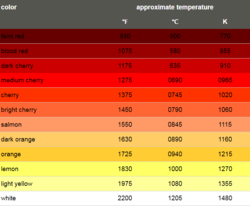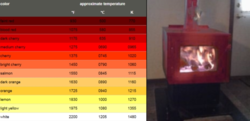So.... how many stoves do you suppose are damaged by overfiring during a cold spell such asd much of the country has soldiered through in recent days?
I would suppose people may overfire their stoves to keep the temperature up when it's beyond the design limits of their stove, causing damage as a result.
Perhaps best to let the central heating come on to supplement the stove if the stove is too small, but I expect there are people who can't make that judgement.
I would suppose people may overfire their stoves to keep the temperature up when it's beyond the design limits of their stove, causing damage as a result.
Perhaps best to let the central heating come on to supplement the stove if the stove is too small, but I expect there are people who can't make that judgement.







